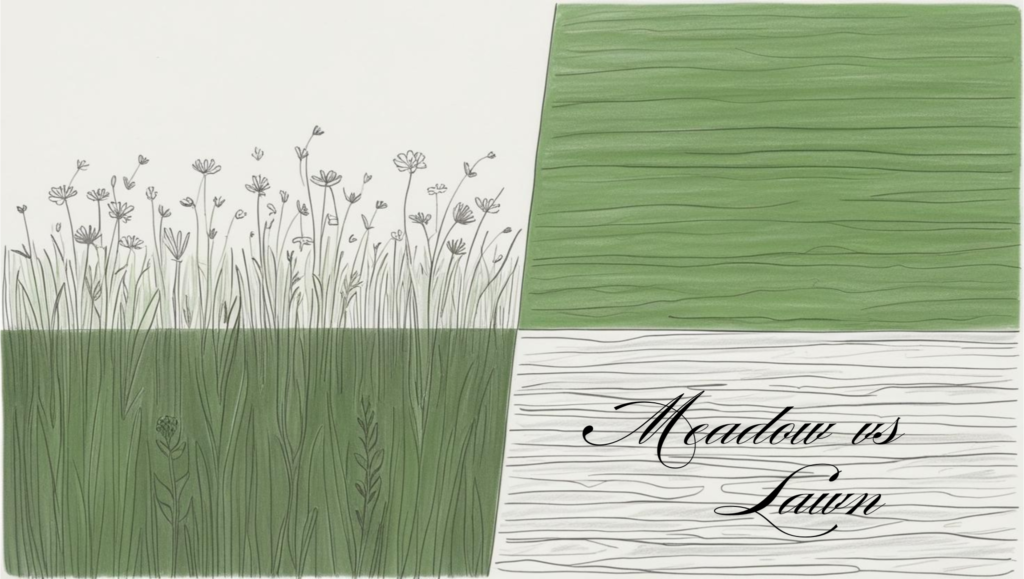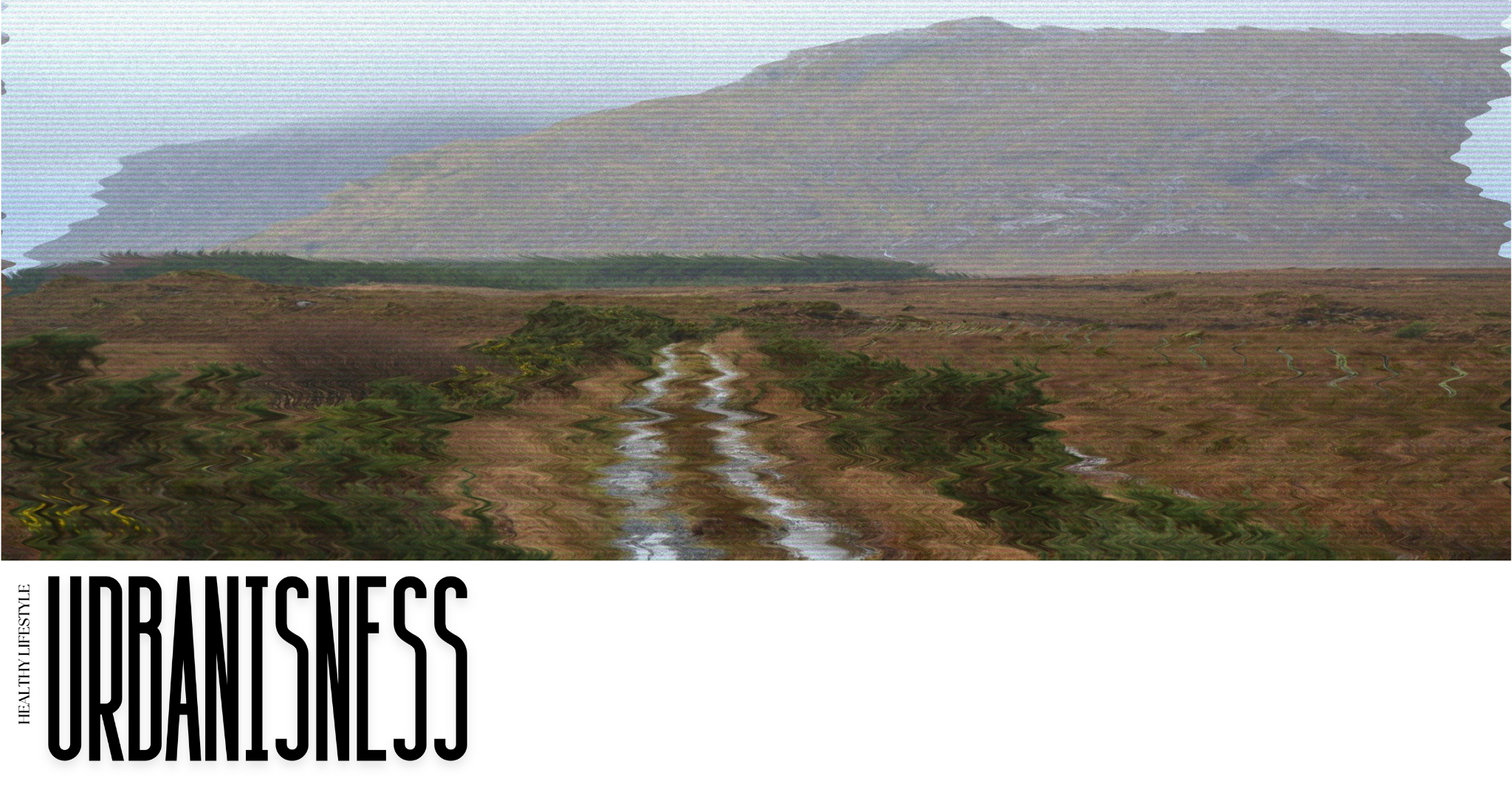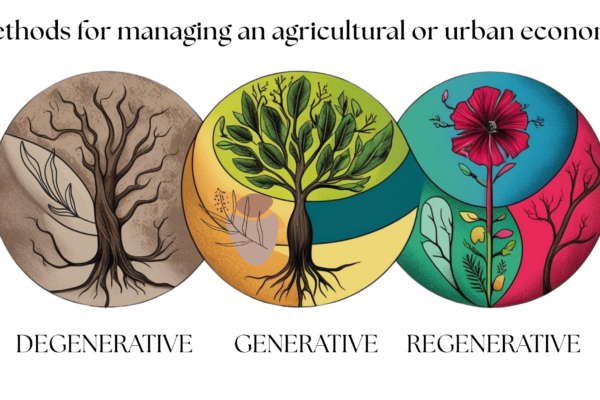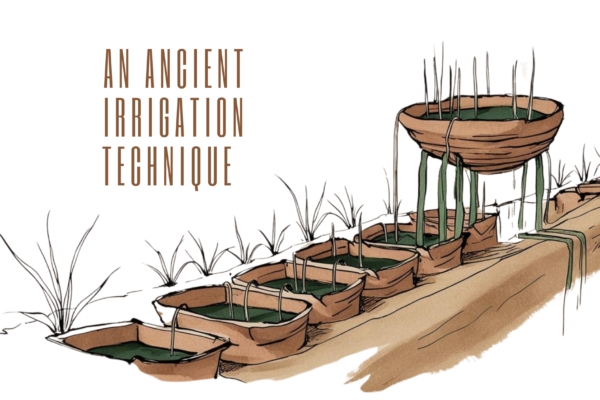Lawns are highly favoured in America, colonising more land than the country’s most widely grown crop—corn. However, unlike crops, lawns do not provide any food or practical benefits. Instead, they function as a status symbol, reflecting their owners’ perceived success and helping reassure them of their achievements.
A few years ago, we relocated to Ireland, eager to learn about the culture and landscapes of this beautiful country. I envisioned the homes and gardens of the Irish as vibrant expressions of their rich heritage—perhaps charming cottages with colourful flower beds and Ivy climbing up their walls. To my surprise—and a hint of disappointment—I found that most residences, whether quaint private houses or modern townhouses, featured meticulously manicured lawns that mirrored the best practices of American landscaping. Instead of the lush, eclectic gardens I had expected, I rarely stumbled upon floral displays or whimsical outdoor spaces. The overwhelming uniformity of the lawns, perfectly trimmed and devoid of diverse plant life, seemed to dim the enchanting beauty I had hoped to discover in Ireland’s outdoor scenes.
I’ve heard from local people that some twenty years ago, it was common for people in Ireland to grow vegetables in their back gardens. However, with the rapid economic growth known as the “Celtic Tiger,” a shift in mindset occurred. Like in America, consumerist values took precedence, and the ideal of the “perfect American backyard” became the norm. It’s unfortunate. I often feel sad seeing these vast, neatly trimmed lawns and thinking about the vibrant, beneficial greenery that could flourish in their place.
Even this situation is more complicated than it appears. My friend, who has a small front garden, shares how challenging it can be to stand out in her community. Differences, even minor ones, can create friction among neighbours and lead to issues. For example, after a neighbour complained to the council, she had to remove a charming little wooden shed that she used for storing her bicycle and tools, replacing it with something far less appealing. She also considered adding a compost pit, but concerns from her neighbours caused her to abandon that idea.
I once overheard a man comment in the grocery shop, “Spring is here—time to mow the lawn.” This sparked a discussion in which someone else attempted to explain that lawns are not as harmless as they might appear. The man agreed, acknowledging that they had initially decided not to mow their front yard last year. However, after seeing their neighbours’ freshly cut lawns, they instinctively grabbed the mower. It can be challenging to be the odd one out.

Why Are Lawns Such a Serious Problem?
Lawns, as we know them today, have never existed in nature. While prairies, savannas, and meadows are naturally sustained by grazing animals, lawns are artificial creations requiring significant energy. The first typical lawn appeared near the Taj Mahal, where women knelt to cut the grass by hand. This tradition was later brought to Europe by the Knights Templar and eventually evolved into an emblem of high society, closely associated with golf courses and aristocratic estates. Over time, this obsession dispersed, and lawns became a widespread and unquestioned norm, transforming people into dedicated caretakers of a purely ornamental feature that can often be harmful.
The resources spent on lawns are staggering. Maintaining them demands significant personal time; without constant care and watering, lawns quickly lose their appeal and wither away. They also consume vast amounts of water, chemical fertilizers, and pesticides, which are washed away by rain, polluting rivers and oceans and depleting the soil. This leads to issues such as erosion, air contamination, the disappearance of pollinators, and a dramatic decline in biodiversity. We have all heard about the alarming decline of bee populations and the potential consequences this could have on ecosystems and food production.
Lawns also pose specific risks to human health, particularly for those living nearby. Unlike natural grasslands or flower meadows, lawns absorb minimal carbon dioxide. Despite their ecological costs, they exist solely to create a uniform green carpet in front of homes. Personally, I don’t understand the appeal of these empty, sterile spaces. There is an irresistible charm in flower-filled yards, shady garden nooks, and natural landscapes. Perhaps that’s why neighbourhood children prefer playing in my friend’s lush garden rather than in their barren yards.
Lawn maintenance equipment—such as mowers, blowers, and aerators—contributes significantly to pollution. For instance, a single lawn mower running for just one hour can generate as much pollution as eight new cars operating simultaneously. The COVID-19 pandemic exposed the limitations of even the most advanced healthcare systems, highlighting the urgent need to rethink our lifestyles, particularly our impact on health and the environment.
Cities must evolve, and our approach to urban landscapes and personal spaces must change. With the same time, money, and effort we currently spend on maintaining unused, manicured grass, we could transform these areas into vibrant, productive gardens that nourish city dwellers instead of depleting the planet.





No Comments